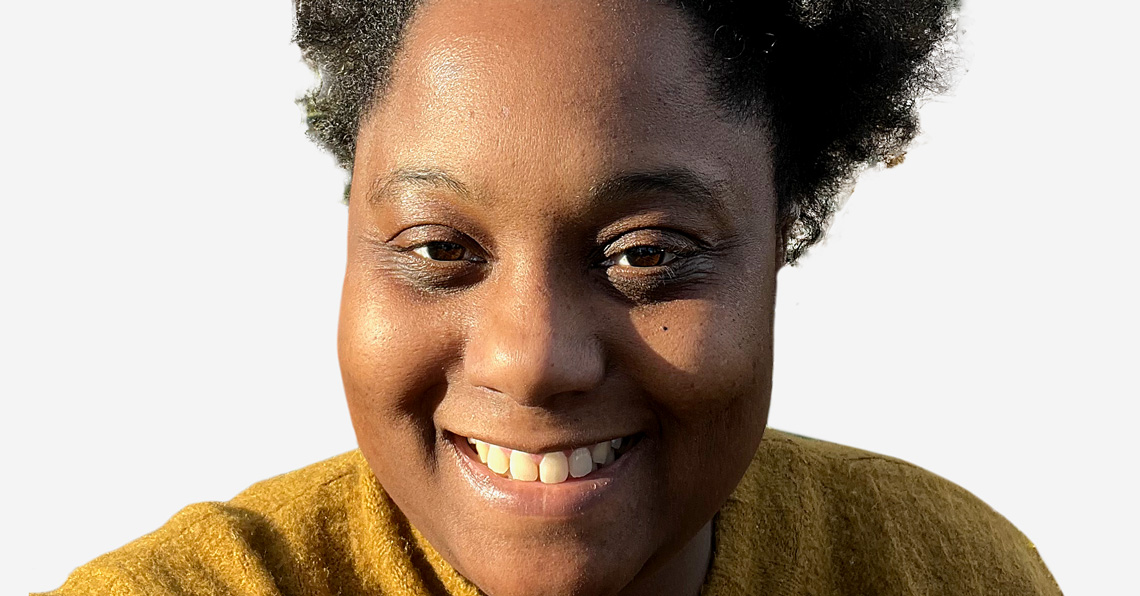Jihan Sherman
Issue: XXX.2 March - April 2023Page: 12
Digital Citation
Authors:
Jihan Sherman
When I was younger, I thought that my introduction to design began in the first design studio I took as a freshman in college. It wasn't until much later that I realized I had been experiencing design practice for much longer. It was in my mother's kitchen, in the living room where she braided my hair, in the blankets that she crocheted, and in the ceramics that my great-aunt used to make. I had lost count of the times when I was the only Black woman in my design studio or in a design meeting. But in fact I had been surrounded my entire life by Black women who were designers and making their lives through a design practice. This realization has become part of a much larger questioning of what is considered design and who is considered a designer. So, how do we unlearn the archetypes of a designer that focus on the stories of white men on the covers of magazines as innovators or starchitects or tech giants and look for other stories of design?
Connected to this inquiry, there are two threads driving much of my reading right now. The first is how storytelling supports critical making (including theory, methods, and practices) and the second is engaging with absences in the dominant stories of design. I am concurrently reading two books that are important references for my thinking related to both these threads: Saidiya Hartman's Wayward Lives, Beautiful Experiments: Intimate Histories of Riotous Black Girls, Troublesome Women, and Queer Radicals and S.R. Toliver's Recovering Black Storytelling in Qualitative Research: Endarkened Storywork.

Both are examples of methods for engaging with storytelling as a critical act of sharing and understanding experiences that have been absent or marginalized, particularly those of Black women. As we look for other ways to do design, other stories offer an important pathway to discovery. The stories we tell are important to how boundaries are set, whose experiences are privileged, and what is empowered in our notions of design.

I am also reading two other books related to these questions around absent stories and gaps in where we seek knowledge and whose experiences are captured in the stories that are empowered: Braiding Sweetgrass: Indigenous Wisdom, Scientific Knowledge, and the Teachings of Plants by Robin Wall Kimmerer and All That She Carried: The Journey of Ashley's Sack, a Black Family Keepsake by Tiya Miles. These two texts have facilitated a curiosity about what or who are sources of knowledge and how those sources are maintained, shared, and experienced.
I had lost count of the times when I was the only Black woman in my design studio or in a design meeting. But in fact I had been surrounded my entire life by Black women who were designers and making their lives through a design practice.
My reading is a relational encounter. I am often reading several books at the same time that deal with common questions or themes. I am reading, and rereading, across these multiple texts. It is a practice that attempts what Donna Haraway describes as "staying with the trouble" in Staying with the Trouble: Making Kin in the Chthulucene, another book that I am engaging with right now.
Jihan Sherman is an architect and a doctoral candidate in digital media at the Georgia Institute of Technology. She is working with African-American craftswomen to explore counterstories of design and craft-based methods that center on care and the lived experiences of Black women. [email protected]
Copyright held by author
The Digital Library is published by the Association for Computing Machinery. Copyright © 2023 ACM, Inc.


